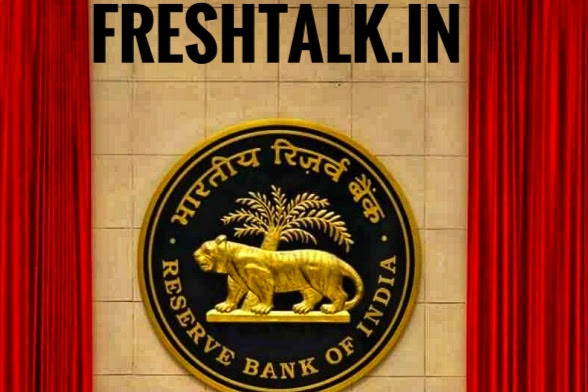Almost 328 companies joined the list to request the loan moratorium package that was
announced by the Reserve Bank of India to ensure a consistent flow of liquidity among the economic sectors and prevent the failure of industries. However, whether this measure was to be extended to the Non-Banking Financial Companies also known as NBFCs, was under review as the banks wanted these industries to utilize the repo rate measure that already exists for their benefit book keeping, digital verification, financial lending etc.
“Cut repo rate”
However, as the Reserve Bank of India (RBI) proceeded to lower the repo rate by 115 basis points (bps) as of 27 March, the banks were pushed to start lending to productive sectors. Yet, the NBFCs are suffering due to severe shortage of liquidity and funds as a result of commercial banks depositing more money with the RBI through the reverse repo rate measure. The first reverse repo cut happened on 27 March and the next on 17 April. However, despite these steep cuts, banks have parked ₹7.21 trillion on 23 April in the fixed rate reverse repo (at an interest rate of 3.75%), compared with ₹7.09 trillion on 17 April (3.75%) and ₹4.43 trillion on 27 March at 4%. This reduction took place to make it relatively “unattractive” for banks to deposit funds with the RBI as per the bank’s monetary policy for April.
“Shortage in liquidity”
Most NBFCs have allowed a moratorium to their borrowers but have not received the same from lenders. These companies are yet to get a uniform moratorium from their lenders, resulting in lack of liquidity. Many believe that though these enterprises might cease to exist despite being able to withstand the liquidity crunch which had been established in the post 2018 crisis. As many borrowers have reduced their collections, there is still some relief to this setor. The outlook for NBFCs and housing finance companies (HFCs) has turned negative because of the coronavirus outbreak, Care Ratings said in a 17 April report. “The sector, which grappled with liability side disruptions, could see another wave of challenges, this time in the form of asset
quality. Amid these, funding challenges could mount again as banks become more selective in extending credit,” the report said.
“Bank status on moratorium”
Banks are perhaps waiting for the government to make some sort of announcement of backing credit flow from banks to non-bank financiers, Umesh Revankar, chief executive, Shriram Transport Finance, said over phone. “My sense is that lenders expect the government to announce a credit guarantee scheme for certain sectors, including the NBFC sector. Clarity from the government will be helpful to restart the flow of credit,” he said.
Data from RBI showed that the banking system liquidity has been in surplus mode in March and so far in April. The largest surplus was on 18 and 19 April at ₹7.32 trillion while the lowest point was on 16 March at ₹2.91 trillion.
The excess liquidity is because banks are seeing lower credit growth than the growth in
deposits, said Sameer Narang, chief economist, Bank of Baroda.

“Excess”
“Whenever that happens, banks will have excess liquidity. The same thing happened during demonetization as well when a lot of currency came back to banks as deposits. Even then the money was getting parked with RBI,” said Narang.
Having burnt their fingers in the last cycle of bad loans, banks are wary of lending not only to NBFCs but also several others. Non-food credit growth stood at 6% for the fortnight ended 27 March, compared with 13.3% in the same period last year.The government had in November 2016 banned currency notes of ₹1,000 and ₹500. The total deposits in the banking system stood at ₹135.71 trillion, of which ₹110.6 trillion was in term deposits and the rest in demand deposits, showed RBI data.
“Bank bidding”
Meanwhile, banks on Thursday bid for and borrowed ₹12,850 crore or a little more than half of what was on offer from the Reserve Bank’s first targeted long-term repo operation (TLTRO) 2.0 window.This once again showed their reluctance to lend to the non-bank lenders.

